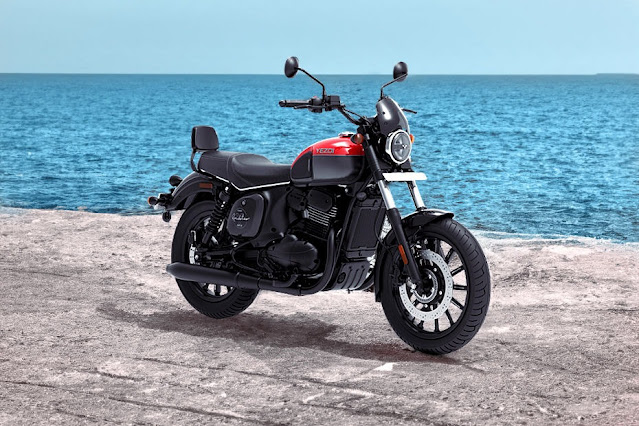While I was composing this story, I came to two realisations. The first was that motorbikes are great instructors, and vintage bikes are particularly adept at imparting historical knowledge. Every time you delve further into a machine's history, you'll unearth a wealth of knowledge that sticks in your memory longer than anything you studied in school. Second, vintage motorcycles are a great way to learn patience. Humanity is progressing to the point that we nearly wish to outpace time itself in the modern world. We no longer understand what it's like to live in the slow lane since life has gotten so fast-paced.
Siblings like these bikes may have similar DNA, but they can never have identical DNA. This explains why, while coming from the same gene pool, the two motorcycles in this picture have quite different personalities despite their similarities.
When Jawas were first introduced to the Indian market, the brand was renowned for its engineering, economy, durability, ease of maintenance, and dependability. At the time, the only other notable motorcycle on the streets was the Royal Enfield Bullet.
The foundation of Jawa as a brand is its competitive history in trials events. The bikes that came off the assembly line were made to last because off-roading was their primary focus. They could be driven on B-roads or occasionally no roads at all without causing any problems. Square-section pipes were preferred over round ones in the design of any chassis bearing the Jawa badge because they could withstand the amount of abuse the bikes would experience during competition. Jawa demonstrated this by winning the International Six Days Trial, the FIM calendar's oldest off-road competition. Additionally, if you examine both bikes closely, you will see that many cycling parts are the same.
One of the smoothest Jawas I have rode to date was the 250. Every part of the bike has been meticulously restored, starting from the ground up, to ensure that its authenticity has not been compromised. The motorcycle is equipped with block-pattern tyres and runs on 16-inch wheels. I quickly found myself shifting to the top cog while driving with the throttle opened to 50%.
The engine operated well and without any issues, even with the dismal weather and intermittent rain. Although the company claims that the Jawa 250 can reach a maximum speed of 115 kph, I was only able to reach about 60 kph and maintained that speed for a considerable amount of time before running out of road.








